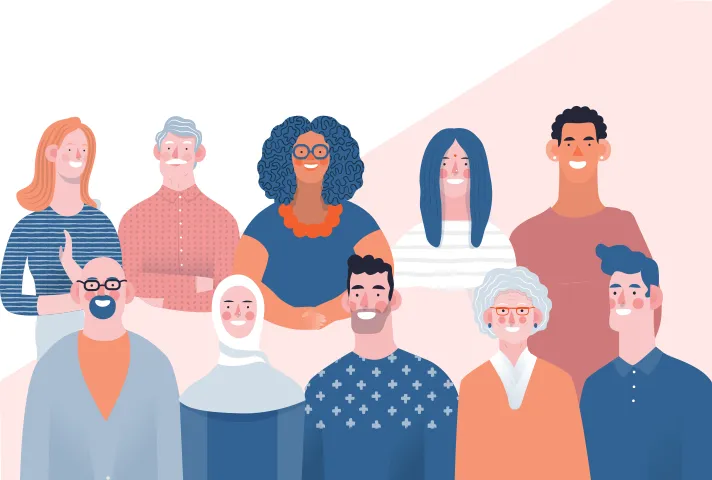
A heightened awareness of the importance of diverse juries has prompted some federal courts to evaluate their selection processes to ensure that the age, race, and socio-economic status of juror pools reflect the courts’ communities.
“The public’s engagement and trust in the court system is dependent on jury diversity,” said Chief Judge Juan R. Sánchez, of the Eastern District of Pennsylvania, which covers nine counties and includes Philadelphia. “Jurors from a cross section of the community bring different life experiences and perspectives to jury deliberations, leading to more informed discussions and greater public confidence in the judicial process.”
Sánchez, with the help of a jury diversity subcommittee, initiated an effort to encourage more people from different communities across the district to respond to jury summonses. The court first made several procedural changes to its jury selection process.
To increase the number of names in its juror pool, the court enlarged the size of its master jury wheel, which is an automated database filled with names randomly selected from various source lists, such as driver’s license lists and voter registration rolls. To increase the response rate to juror qualification questionnaires, the court improved the accuracy of its mailing list by conducting more frequent address checks through the U.S. Postal Service’s system of updated addresses.
To complement these structural changes, the court also created a community outreach and education program, which involves individuals from community and nonprofit organizations, religious institutions, law firms, and the media.
Similar methods have been used by the Eastern District of Michigan, home to Detroit. Chief Judge Denise Page Hood and Judge Victoria A. Roberts steered the court toward a grassroots strategy after the 2007-09 recession left many people in the district jobless, which negatively affected the jury summons response rate.
“There’s no one-size-fits-all approach to jury diversity,” Hood said. “A plan like this requires us to get out into the community to teach the public about the importance of jury service, while also listening to see how we can remedy impediments that keep people from responding.”
Both districts had high rates of non-responses and undeliverable juror questionnaires, especially in urban, more transient areas. Personal hardships, such as financial stress and lack of reliable transportation, were some of the factors deterring people from serving.
Courts around the country are especially attuned to issues related to juries during Juror Appreciation events held annually during the month of May. Recognizing the challenges that jury duty poses for some, Sánchez, Hood, and Roberts said they are sure to thank people arriving at the courthouse to serve.
“Even federal judges serve on juries in state courts,” Roberts said. “Every time I appear before a new group of jurors, I point out my certificate of jury service hanging on the wall in our jury room. I find that people’s perception of jury duty changes for the better after experiencing it for themselves. I can only hope that sharing those experiences warms others up to the idea of answering the call.”
The effort in the Eastern District of Michigan led to greater minority representation. And the court’s non-response and undeliverable rates for jury summonses dropped by about 10% and 3%, respectively, in the Detroit jury division.
Sánchez said, “We live in a society in which the government cannot deprive any person of life, liberty, or property without consulting the citizens, setting us apart from countries around the world. Through our outreach effort, we hope to remind people that the judicial system relies on them to ensure justice is delivered fairly.”
Jury Service Overview
Learn about what to expect when called to serve for jury service.
Subscribe to News Updates
Subscribe to be notified when the news section is updated.
